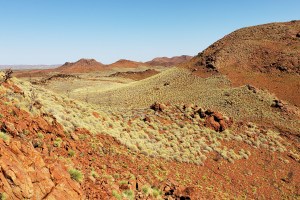Art history professor receives NEH grant for exhibit

Jinah Kim is a scholar of art and architecture of South and Southeast Asia. Stephanie Mitchell/Harvard Staff Photographer
Professor of History of Art and Architecture Jinah Kim and colleagues from the College of the Holy Cross and the Iris & B. Gerald Cantor Art Gallery have received a $100,000 grant from the National Endowment for the Humanities for a major exhibition of Buddhist ritual art, on view at the Cantor Art Gallery from Sept. 5 through Dec. 14.
The exhibit, “Dharma and Puṇya: Buddhist Ritual Art of Nepal,” showcases Buddhist paintings, texts, sculptures, illustrations, and other artifacts created by artisans over a thousand years. The Harvard Art Museums, Boston’s Museum of Fine Arts, the Metropolitan Museum of Art, the Cleveland Museum of Art, the Freer Sackler Museum in Washington, D.C., the Virginia Museum of Fine Arts, and a number of private lenders contributed pieces.
Kim co-curated the exhibition with Todd T. Lewis, distinguished professor of arts and humanities in Religious Studies at the College of the Holy Cross. The curators worked with Roger Hankins, the director of the Cantor Art Gallery to submit the application to the NEH, receiving one of eight national awards.
The fall exhibit will be held in conjunction with a lecture series on the historical and cultural significance of particular objects and rituals, as well as a performance of Buddhist rituals rarely seen outside of Nepal by Kathmandu-based Fulbright scholar Naresh Bajracharya, who is a visiting professor at Holy Cross.
A scholar of art and architecture of South and Southeast Asia, Kim researches myriad subjects including intertextual relationships between art and text, the relationship between art and politics, the representation of women in art, and the role of post-colonialism in South and Southeast Asian art discourse. Kim is also developing the Mapping Color in History project, a searchable database of South Asian and Himalayan pigments and their historical and scientific backgrounds.





